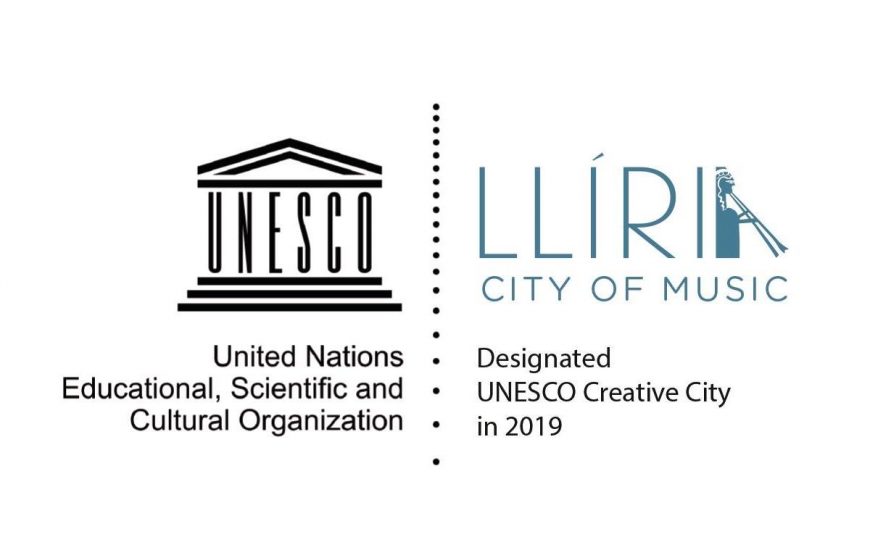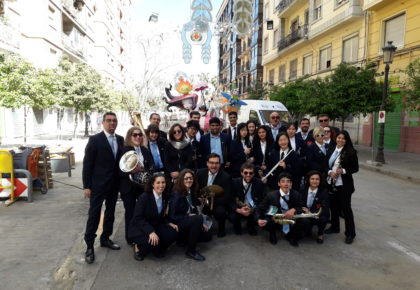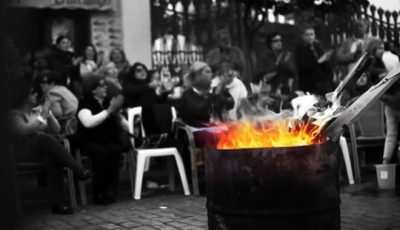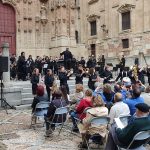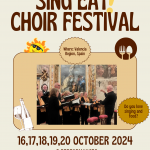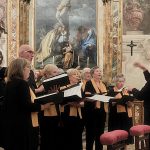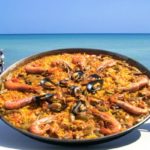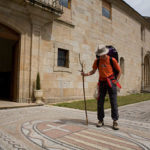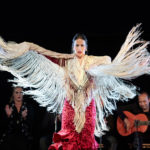|
|||||||||||||||||||||||||||||||
|
April Newsletter 2023. Lliria’s Music City. San Nicolas de Bari. Paella. Flamenco Trip
- Spain is Music
- Flamenco
- April Newsletter 2023. Lliria’s Music City. San Nicolas de Bari. Paella. Flamenco Trip
Related Posts
Recent Posts
- 8 Reasons Why a Performance Tour can be a Transformative Experience
- Cool places to visit in Spain during the hot summer
- Sevilla April’s Fair. Magdalena Church. Tapas in Sevilla
- Sing Eat¡ Choir Festival for foodies in Spain. Playing in small towns. La Albufera
- Choir Trips to Spain. Sevilla Cathedral. Historical Organs
Recent Comments
Archives
- July 2024
- June 2024
- April 2024
- February 2024
- January 2024
- December 2023
- November 2023
- October 2023
- September 2023
- July 2023
- May 2023
- April 2023
- March 2023
- February 2023
- November 2022
- August 2022
- May 2022
- April 2022
- January 2022
- October 2021
- May 2021
- March 2021
- February 2021
- January 2021
- December 2020
- November 2020
- October 2020
- September 2020
- August 2020
- July 2020
- May 2020
- April 2020
- February 2020
- December 2019
- October 2019
- August 2019
- April 2019
- March 2019
- February 2019
- January 2019
- December 2018
- November 2018
- October 2018
- September 2018
- July 2018
- May 2018
- July 2016
- June 2016
- May 2016
- April 2016
- March 2016
- January 2016
- December 2015
- September 2015
- July 2015
- June 2015
- May 2015
- February 2015
- January 2015
Categories
- Al Azraq
- Albaes
- Alcoy
- Alhambra
- Alicante
- Andalucia
- Apa
- Architecture
- Art
- Band Trip
- Barcelona
- Basque Country
- Benidorm
- Bierzo
- Cacabelos
- Caceres
- Cadiz
- Camino de Santiago
- Cant d'Estil
- Cartagena
- Catalonia
- Celtic
- Chirigotas
- Choir
- Christmas
- Church
- Cinema
- Classical Music
- Coal Mines
- Cocido Madrileño
- Costa Blanca
- Country
- Culture
- Dance
- Dancing holidays
- Denia
- Design
- Diving
- Documentary
- Drums
- Educational Tours
- Fabero
- Fallas
- Festival
- Flamenco
- Flamenco dance
- Folk
- Folk festival
- Folk music
- Folk on line
- Food
- Galicia
- Galicia food
- Galician folklore
- Gastronomy
- Gijón
- Graffiti
- Health
- Historical Organs
- Holidays
- Horchata
- hotels
- Ibiza
- Jazz
- Jerez de la Frontera
- Jota
- La Mancha
- León
- Lliria
- Luxury
- Madrid
- Magosto
- Marina Alta
- Mediterranean Sea
- Moors and Christians
- Music
- Music Performance Tours
- Music Tourism
- Natural Parks
- Nature
- Opera
- Outdoors
- Paco de Lucia
- Paella
- Penedes
- Performance Tour
- Photography
- Ribeiro
- Rioja
- Rock
- San Nicolas de Bari
- San Sebastian
- Santiago de Compostela
- Segovia
- Sephardic Music
- Sevilla
- Sevilla Cathedral
- Sin categoría
- Slow Food
- Snorkel
- Spain
- Spanish Learning
- Summer
- SYTA
- Tapas
- Teruel
- Traditional Holidays
- Turron
- Unesco
- Valencia
- Walking
- Way of St James
- Wellness
- Wine
- Zambomba
Search
Categories
- Al Azraq (1)
- Albaes (1)
- Alcoy (1)
- Alhambra (1)
- Alicante (2)
- Andalucia (12)
- Apa (1)
- Architecture (7)
- Art (8)
- Band Trip (9)
- Barcelona (8)
- Basque Country (1)
- Benidorm (1)
- Bierzo (2)
- Cacabelos (1)
- Caceres (1)
- Cadiz (4)
- Camino de Santiago (6)
- Cant d'Estil (1)
- Cartagena (1)
- Catalonia (4)
- Celtic (2)
- Chirigotas (1)
- Choir (8)
- Christmas (3)
- Church (2)
- Cinema (1)
- Classical Music (7)
- Coal Mines (1)
- Cocido Madrileño (1)
- Costa Blanca (1)
- Country (3)
- Culture (4)
- Dance (3)
- Dancing holidays (1)
- Denia (2)
- Design (1)
- Diving (1)
- Documentary (1)
- Drums (1)
- Educational Tours (3)
- Fabero (1)
- Fallas (2)
- Festival (16)
- Flamenco (26)
- Flamenco dance (2)
- Folk (3)
- Folk festival (8)
- Folk music (16)
- Folk on line (1)
- Food (18)
- Galicia (12)
- Galicia food (1)
- Galician folklore (2)
- Gastronomy (9)
- Gijón (1)
- Graffiti (1)
- Health (1)
- Historical Organs (1)
- Holidays (3)
- Horchata (1)
- hotels (1)
- Ibiza (2)
- Jazz (9)
- Jerez de la Frontera (4)
- Jota (1)
- La Mancha (3)
- León (2)
- Lliria (3)
- Luxury (1)
- Madrid (8)
- Magosto (1)
- Marina Alta (1)
- Mediterranean Sea (6)
- Moors and Christians (3)
- Music (11)
- Music Performance Tours (6)
- Music Tourism (15)
- Natural Parks (1)
- Nature (3)
- Opera (1)
- Outdoors (1)
- Paco de Lucia (1)
- Paella (5)
- Penedes (1)
- Performance Tour (4)
- Photography (2)
- Ribeiro (1)
- Rioja (1)
- Rock (1)
- San Nicolas de Bari (1)
- San Sebastian (1)
- Santiago de Compostela (3)
- Segovia (2)
- Sephardic Music (2)
- Sevilla (1)
- Sevilla Cathedral (1)
- Sin categoría (10)
- Slow Food (1)
- Snorkel (2)
- Spain (21)
- Spanish Learning (1)
- Summer (1)
- SYTA (1)
- Tapas (1)
- Teruel (2)
- Traditional Holidays (3)
- Turron (1)
- Unesco (1)
- Valencia (14)
- Walking (1)
- Way of St James (2)
- Wellness (1)
- Wine (2)
- Zambomba (1)
Latest Posts
June 14, 2024
February 7, 2024
Tags
Andalucia
Architecture
band
Barcelona
Camino de Santiago
catalonia
Choir
Classical Music
Conference
Cordoba
dance
Fallas
Festival
festivals
Flamenco
folk
Food
gypsy
Holidays
Jazz
Jerez de la Frontera
Jávea
La Banda Morisca
Leon
Lliria
Madrid
Music
Music tourism
Music travel
paella
performance
Performance tour
Sevilla
Seville
Spain
styles of flamenco
Summer
sustainability
Syta
Tours
traditional holidays
Travel
Valencia
Wine
zambomba

